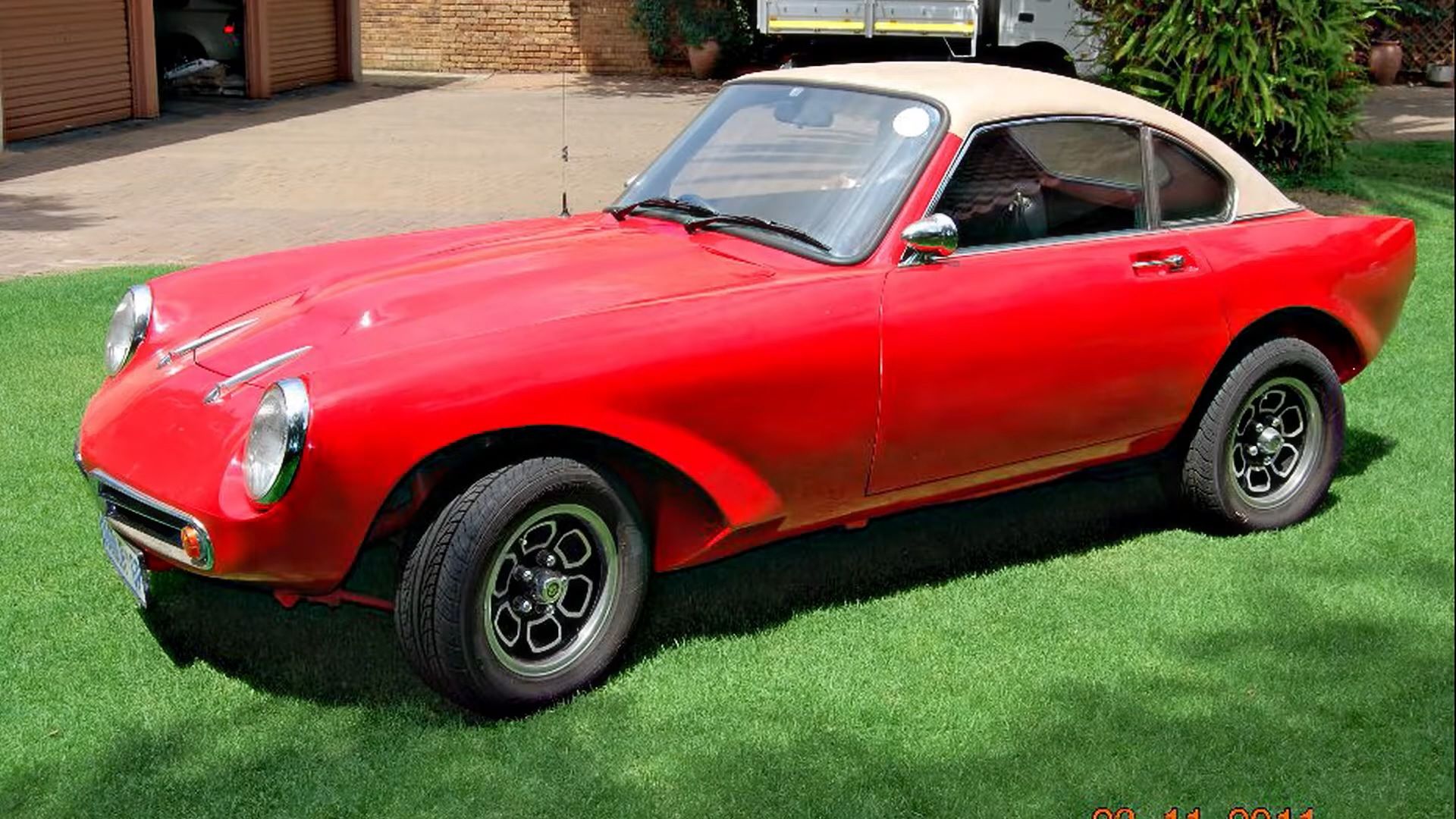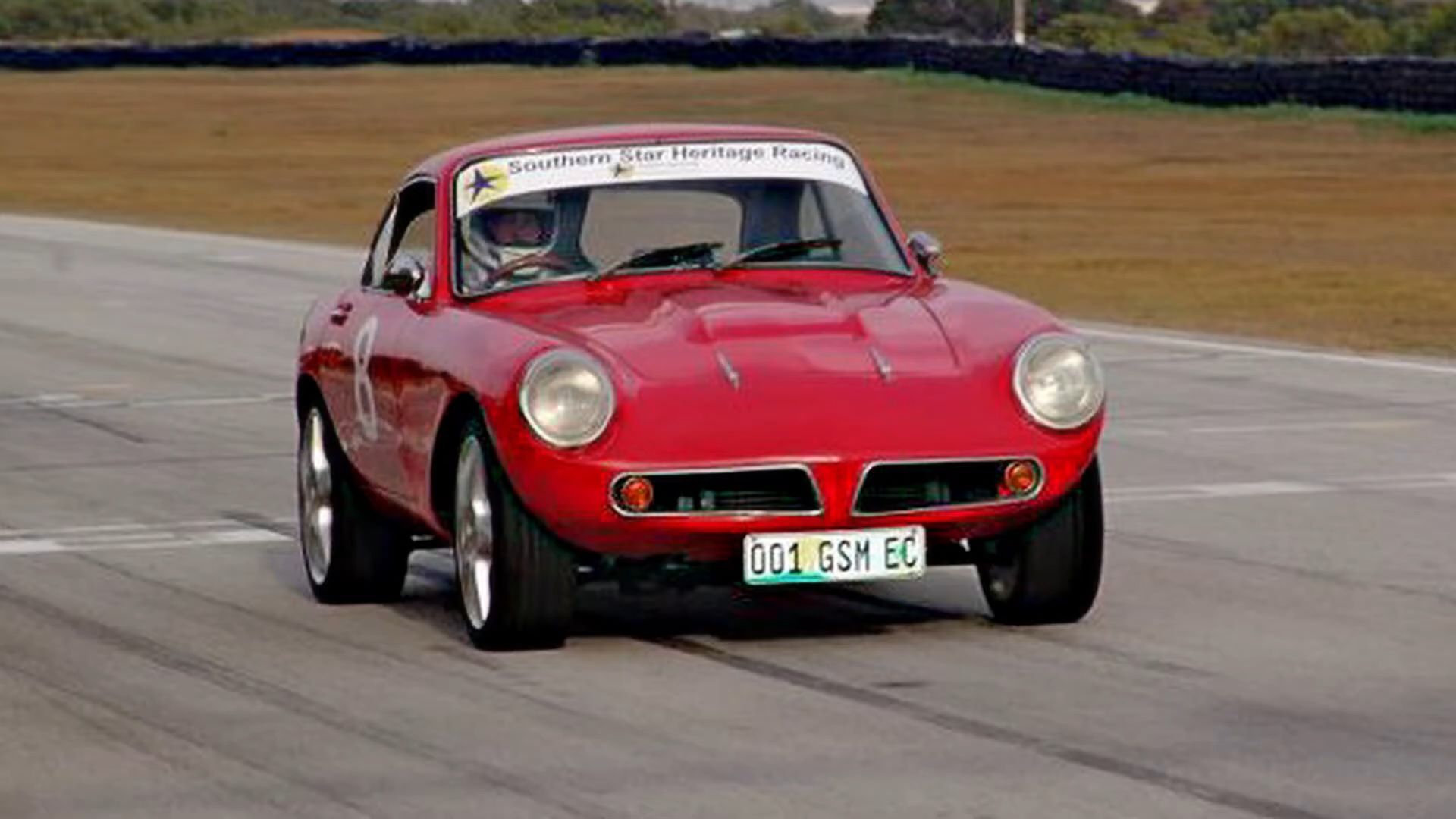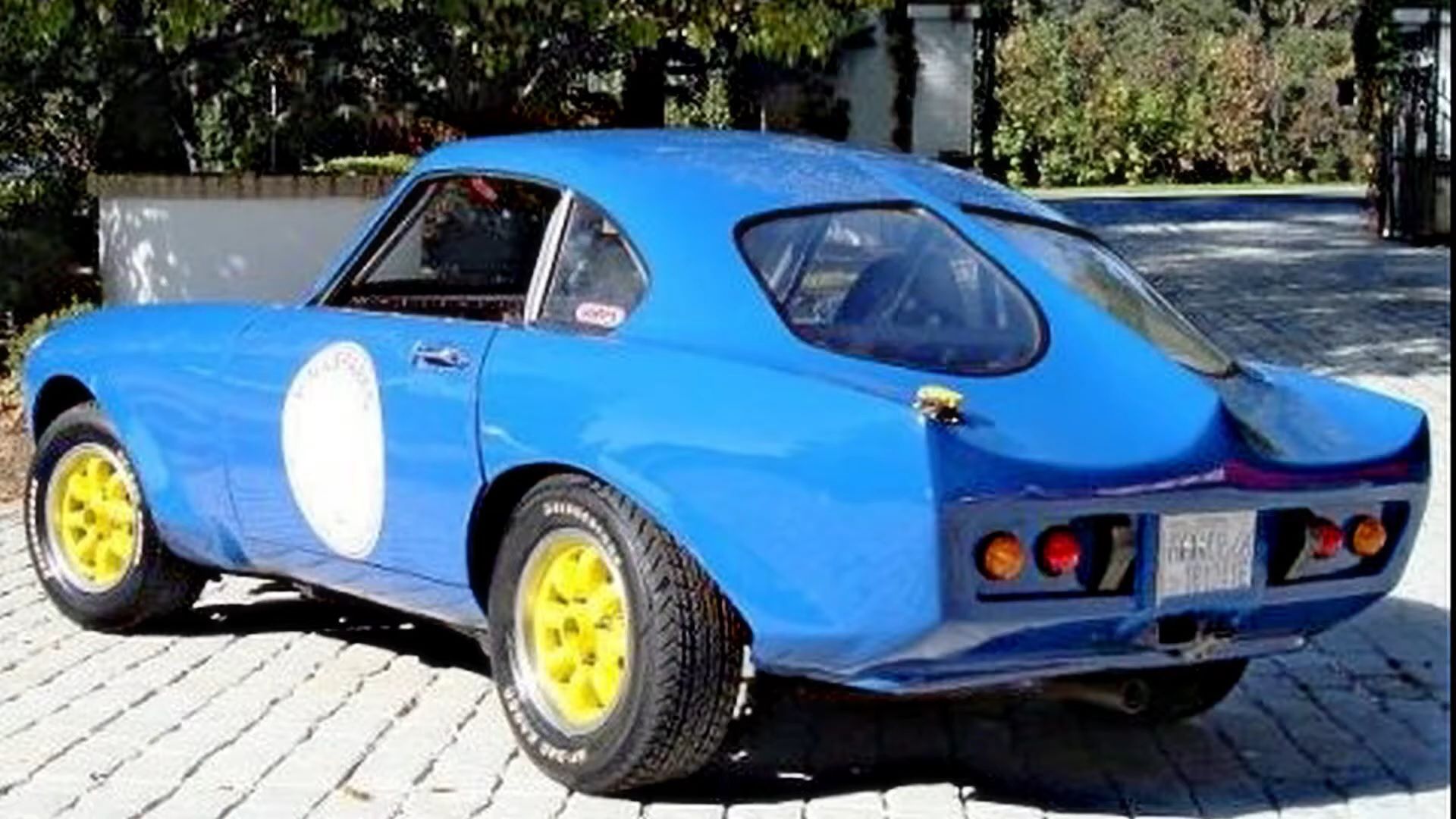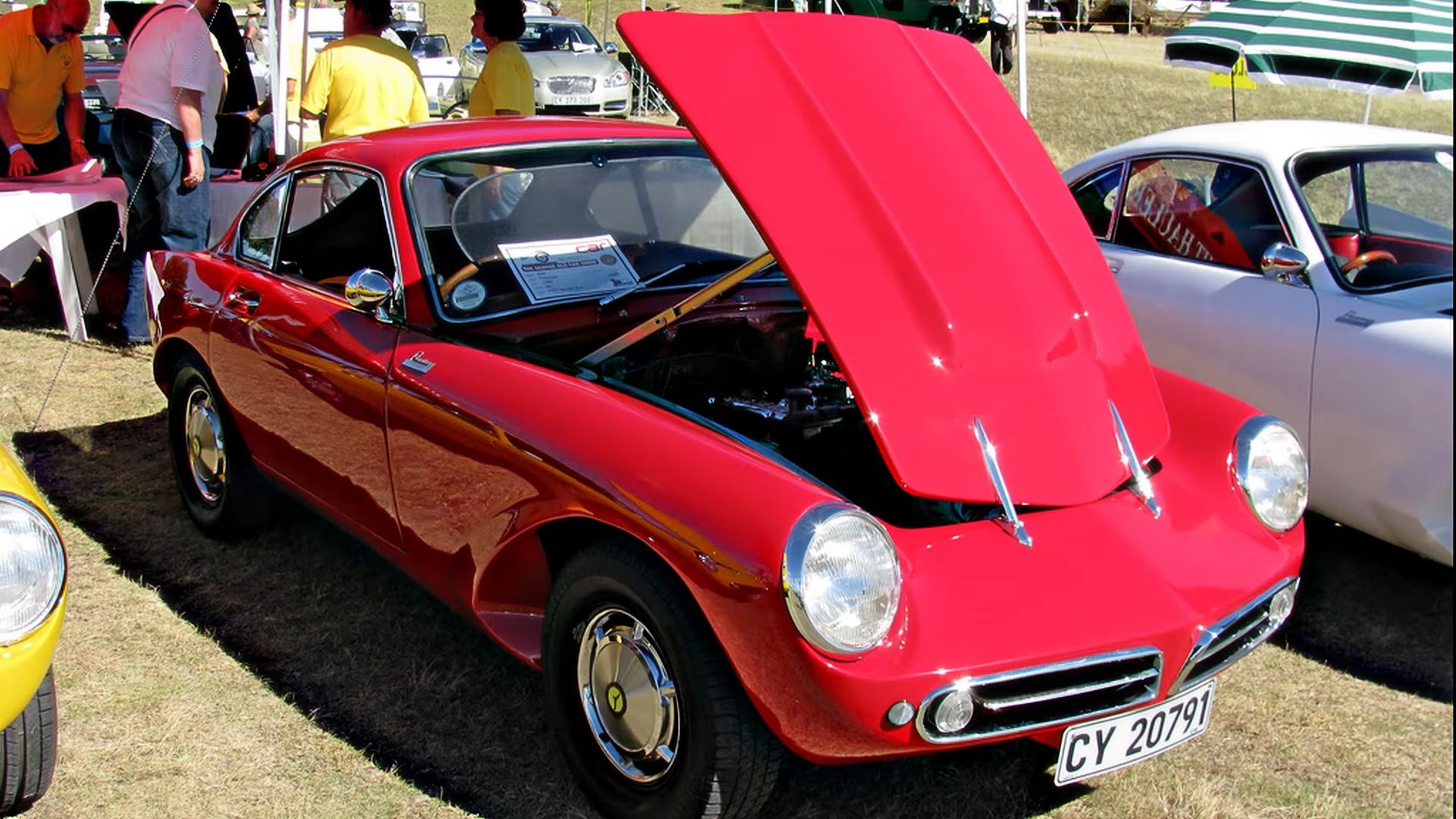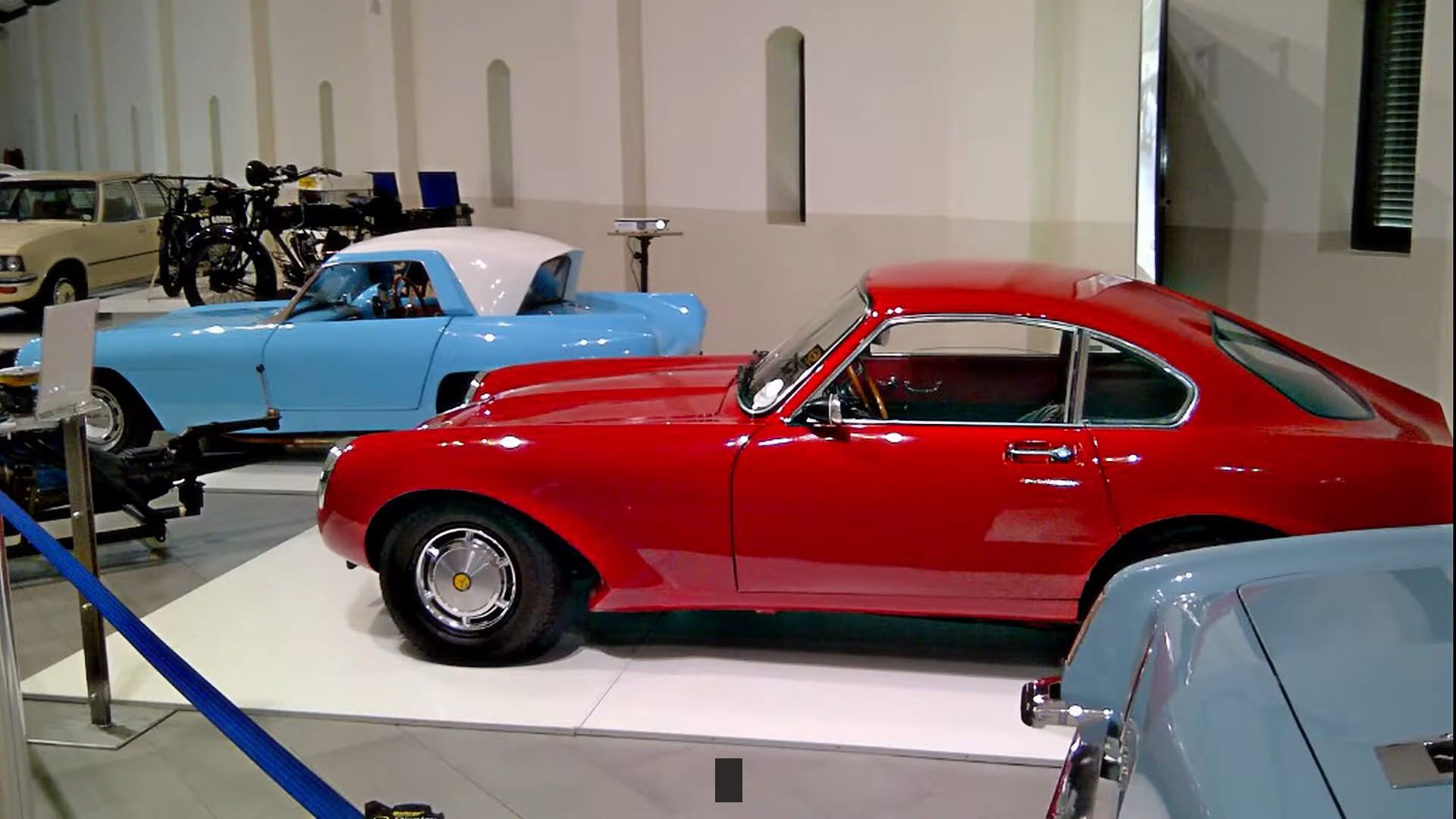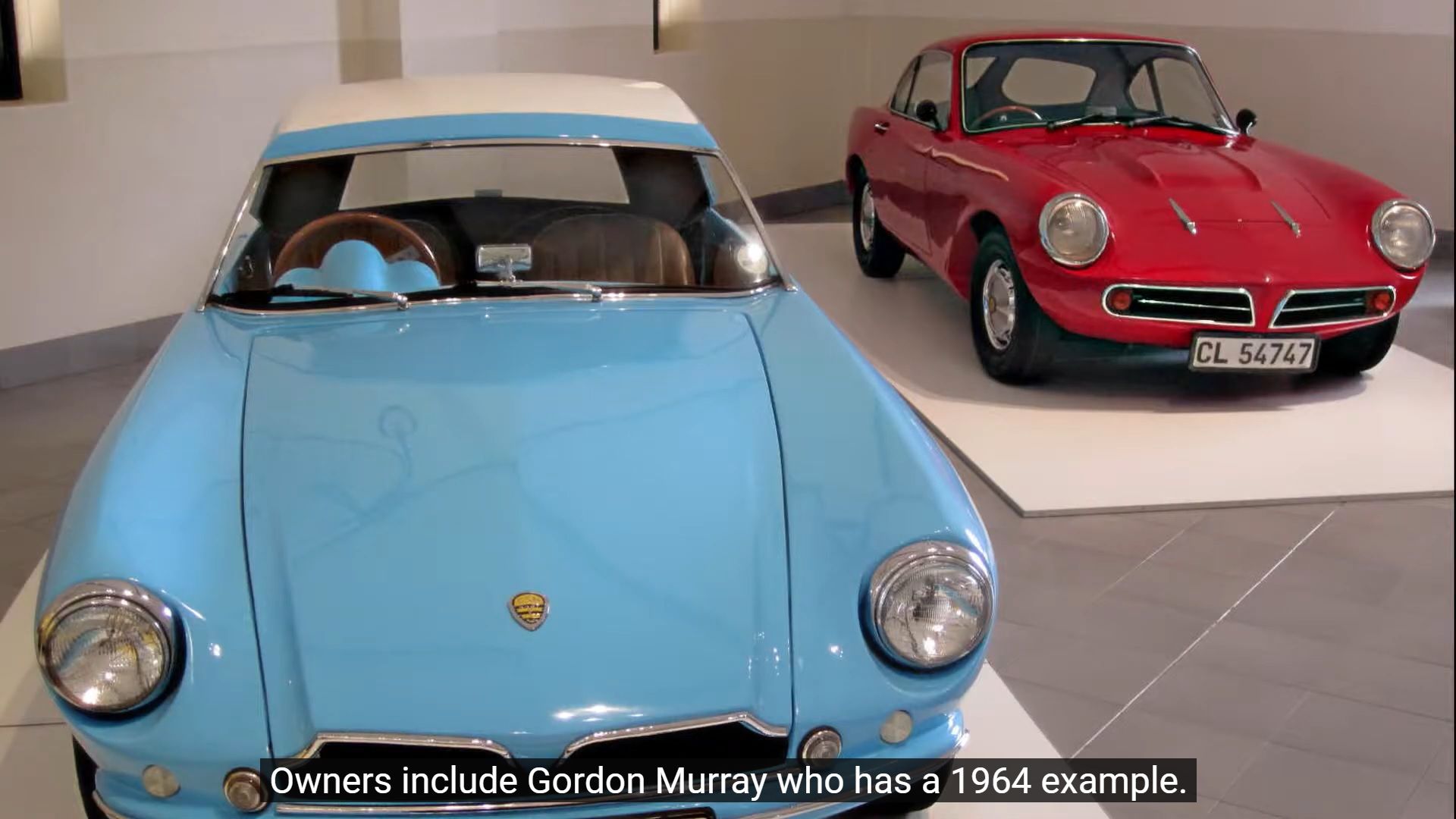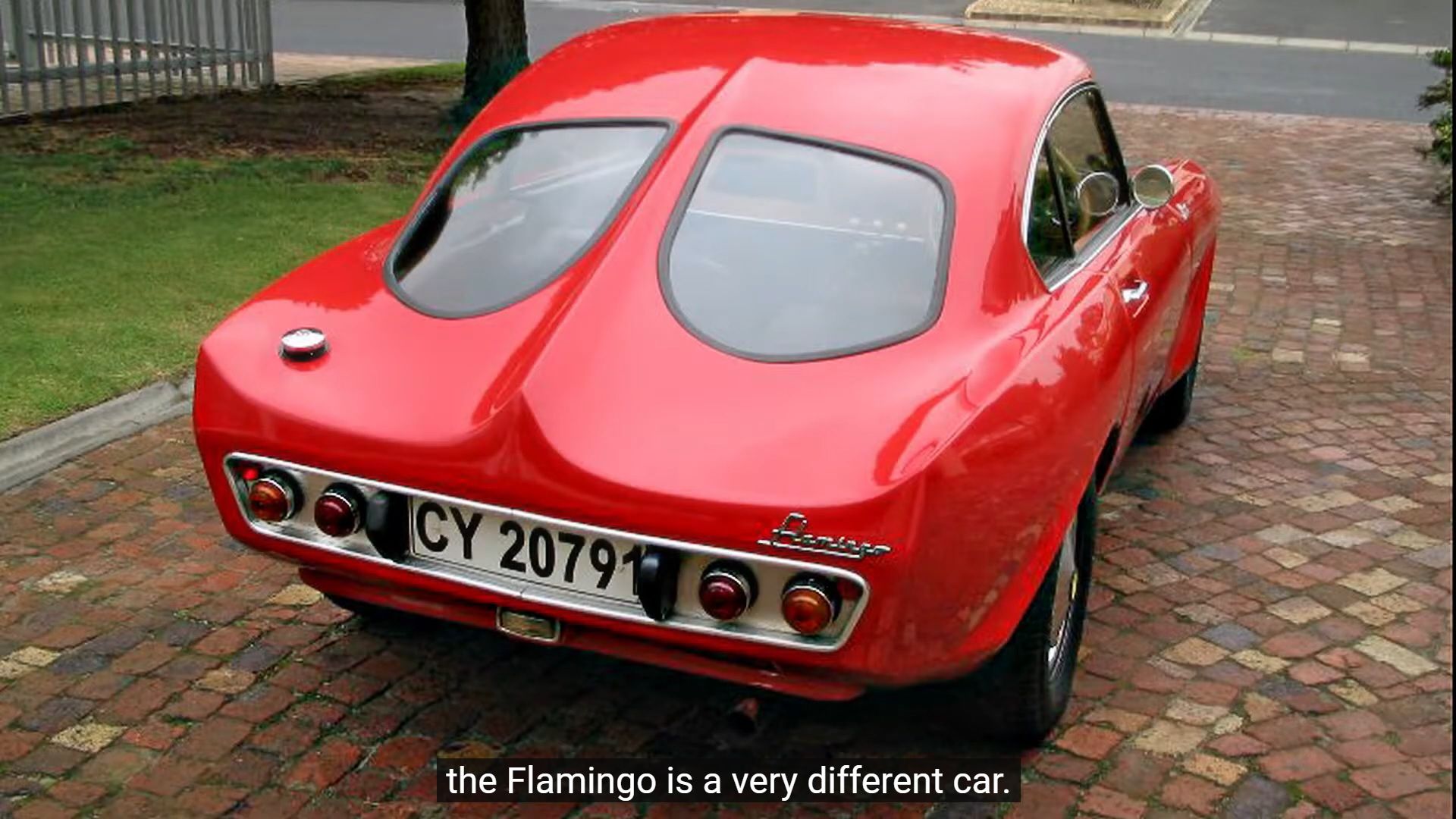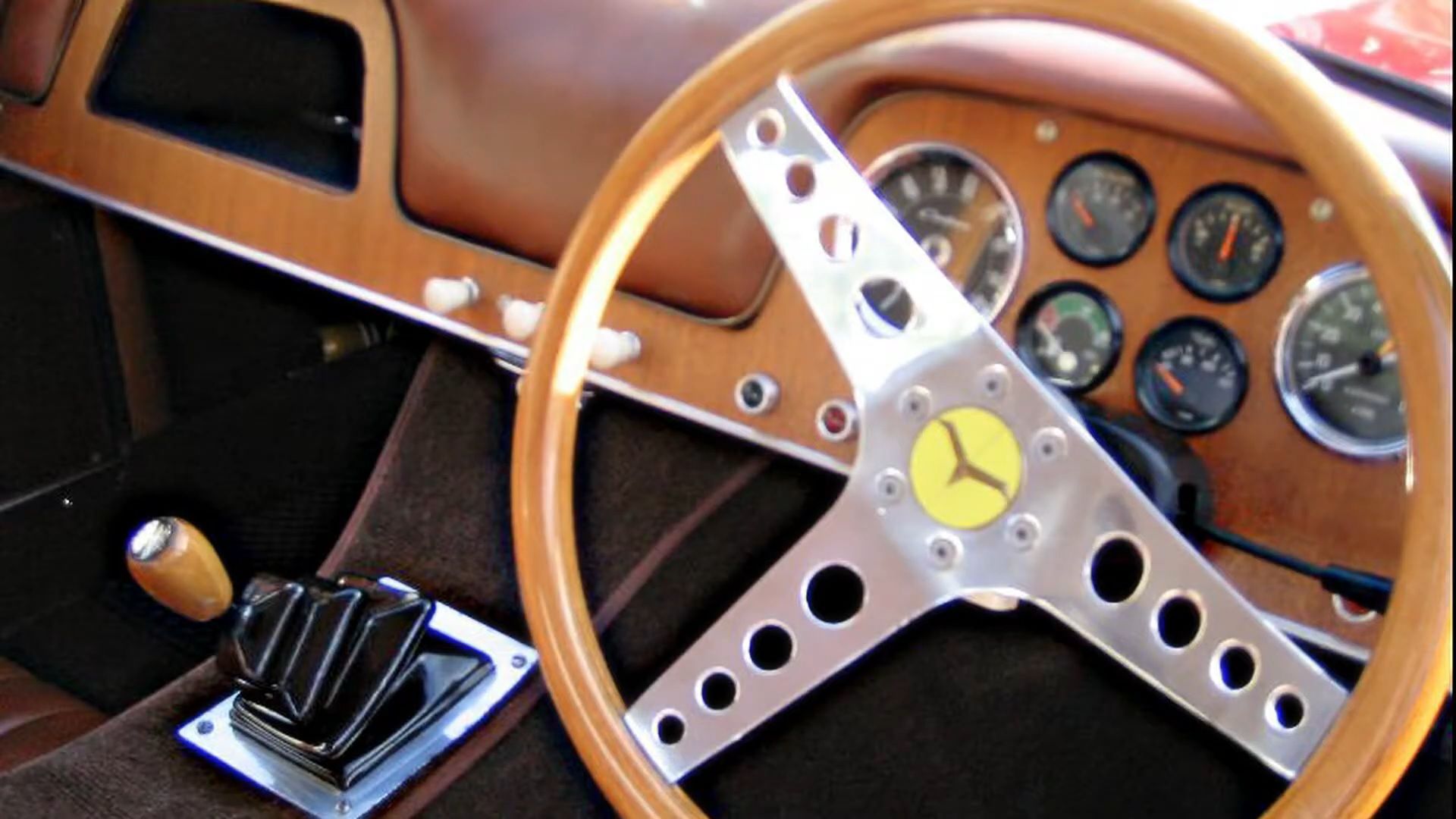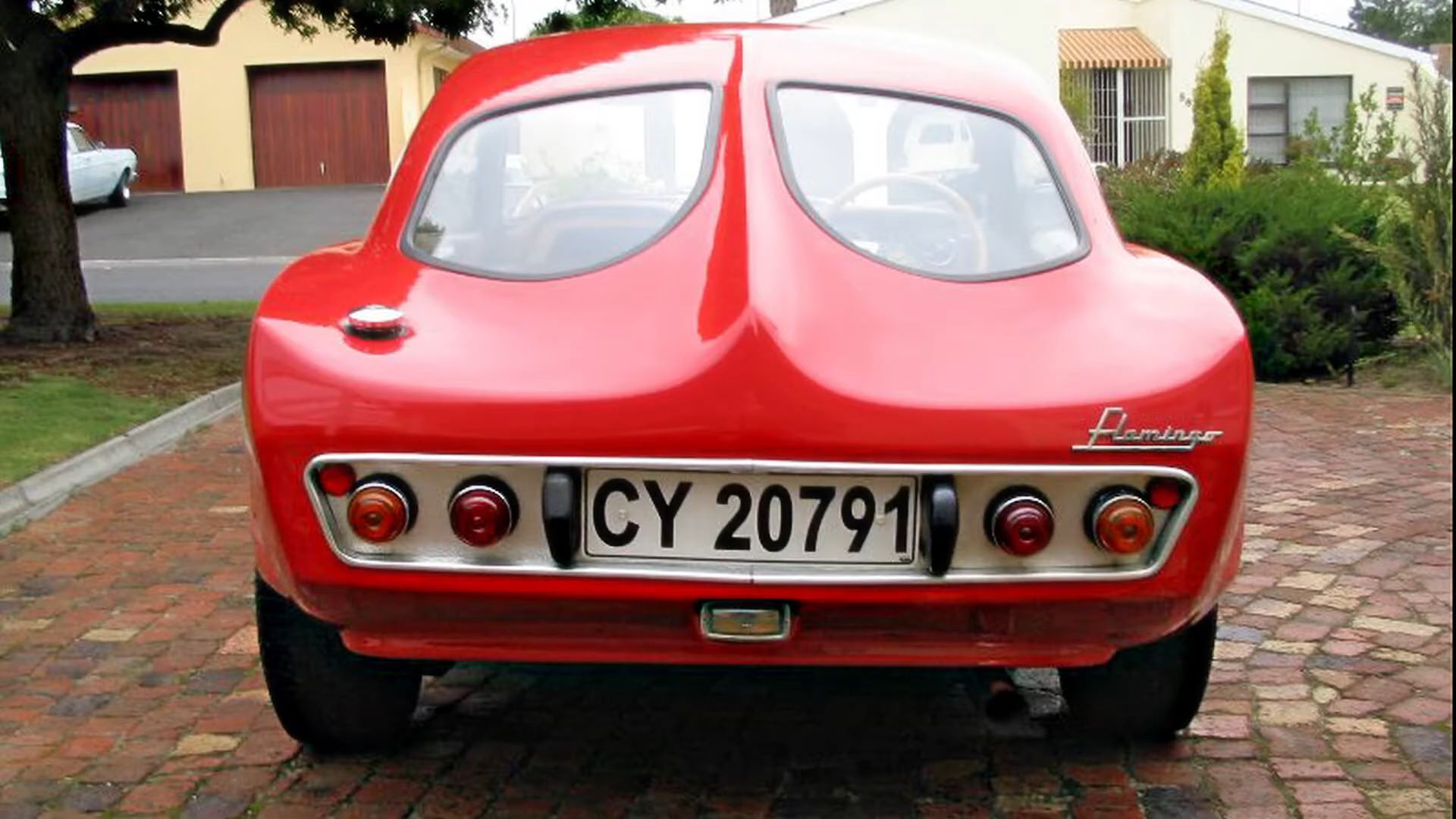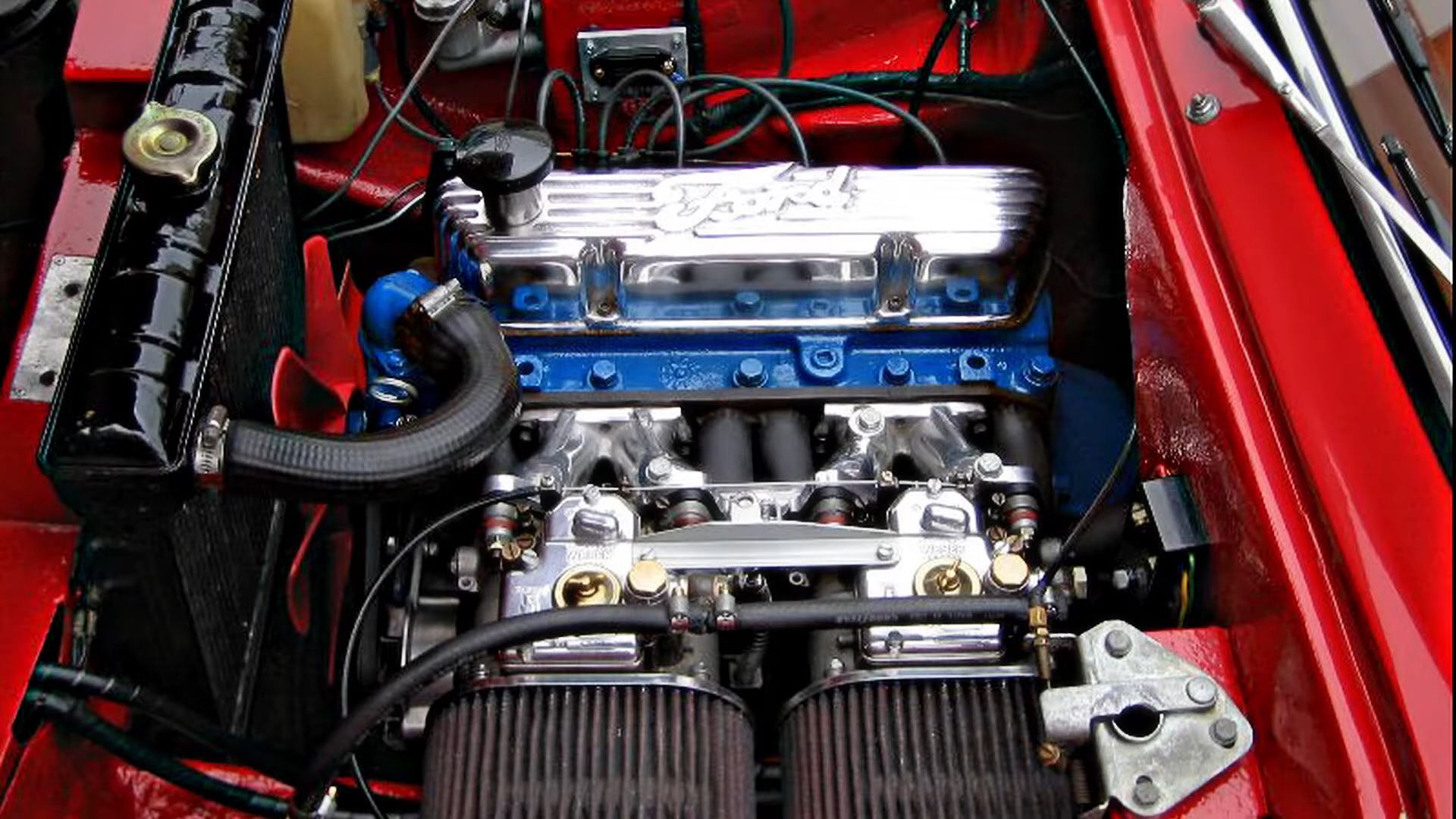Since the invention of the car, many countries have given birth to different carmakers, some more iconic than others. The most iconic cars have always come from some of the most recognized carmakers from the US, Europe, and Asia. With that being said, there are other cars that deserve attention, such as the GSM Flamingo. The Flamingo is a compact sports car with a fiberglass body and the second model of the South African company Glass Motor Works.
1962 GSM Flamingo
- Make: Array
- Model: 1962 GSM Flamingo
The Flamingo was an evolution of an open-top racecar
The company’s first model was the Dart. It was developed after GSM founders Bob van Niekerk and Willie Meissner went to the UK in the 1950s to learn all they could about the new lightweight material fiberglass. Actually, the development of the car started in the UK, but then the whole development process was moved to Cape Town, where the two partners would establish the headquarters of Glass Sport Motors. The Dart was meant to be an open-top racer and not so much a streetcar. It was succeeded by the GSM Delta, in 1960.
In 1962, the brothers came up with their third model – the GSM Flamingo, which was a two-seater fixed head coupe, loosely based on the Dart. That said, many of the suspension components were changed. Whilst the Dart had transversely-mounted leaf springs, the Flamingo had double-wishbones and lateral coil springs. The rear suspension had a unique trailing arm setup on each side, in order to stop one wheel from spinning faster than the other under load.
It was powered by a variety of engines
Just like its predecessors, the GSM Flamingo was powered by a couple of different engines. Originally, the car was supposed to feature a Ford V-6 engine, which was being developed at the time. However, the engine was not ready on time.
This led to the Flamingo, initially, using the 1.8 (1,758 cc) OHV unit from the Ford Taunus. The unit produced 80 horsepower (60 kilowatts) at 5,000 RPM and 104 pound-feet (141 Nm) at 2,500 RPM. This was enough for a 0 to 60 mph (97 km/h) time of 9.7 seconds and a top speed of 112 mph (180 km/h).
The Flamingo also came with a 1.5-liter Ford Cortina non-crossflow unit. That produced 85 horsepower (63 kilowatts) at 5,600 RPM and 86 pound-feet (116 Nm) at 3,000 RPM. This allowed for a 0 to 60 mph (97 km/h) sprint in 10.0 seconds and a top speed of 107 mph (172 km/h). Both four-cylinder versions were mated to a four-speed manual transmission.
There was another version of the Flamingo, which came in 1967 – largely believed to be the last production year for the Flamingo. It was equipped with a Ford 4.3-liter V-8, straight from the Ford Fairmont. It produced 164 horsepower (122 kilowatts) at 4,400 RPM and 258 pound-feet (350 Nm) at 2,200 RPM. With this, the Flamingo V-8 managed a 7.2-second sprint to 60 mph (97 km/h). The top speed was believed to be more than 120 mph (193 km/h). The engine was mated to a three-speed manual. Only one prototype was made with this engine.
Regardless of the engine, the Flamingo always sent power to the rear wheels, through an old-school manual. It is worth noting that these are claimed and approximated performance figures and some sources (in particular, for the four-cylinder versions) claim worse performance figures.
1962 GSM Flamingo specifications
|
Engine |
1.8-liter Ford Taunus |
1.5-liter Ford Cortina |
Ford 4.3-liter V-8 |
|---|---|---|---|
|
Horsepower |
80 HP @ 5,000 RPM |
85 HP @ 5,600 RPM |
164 HP @ 4,400 RPM |
|
Torque |
104 LB-FT @ 2,500 RPM |
86 LB-FT @ 3,000 RPM |
258 LB-FT @ 2,200 RPM |
|
0 to 60 mph |
9.7 seconds |
10.0 seconds |
7.2 seconds |
|
Top Speed |
112 mph (180 km/h) |
107 mph (172 km/h) |
120 mph (193 km/h) |
Lightweight was key
The Flamingo may have been the company’s more usable car, but that didn’t mean it was heavy. Because of the fiberglass body, the car was very light. The 1.8-liter version was actually the lightest, tipping the scales at just 1,565 pounds (710 kg) dry weight. The 1.5-liter cars were a bit heavier, at 1,598 pounds (725 kg). To no surprise, the one-off V-8 prototype was the heaviest, although still light, at 1,960 pounds (889 kg).
One of Gordon Murray's favorite rare cars
Glass Sport Motors is not the first example of South Africa’s automotive industry, but it is the first recognized carmaker, from that region. Compared to other carmakers from South Africa, GSM managed to establish something of a mass-production process. With that being said, only around 120 GSM Flamingo were built. Gordon Murray – the man behind the McLaren F1 and its modern successor, the Gordon Murray T-50 – has a 1964 Flamingo 1.5-liter in his private collection.

